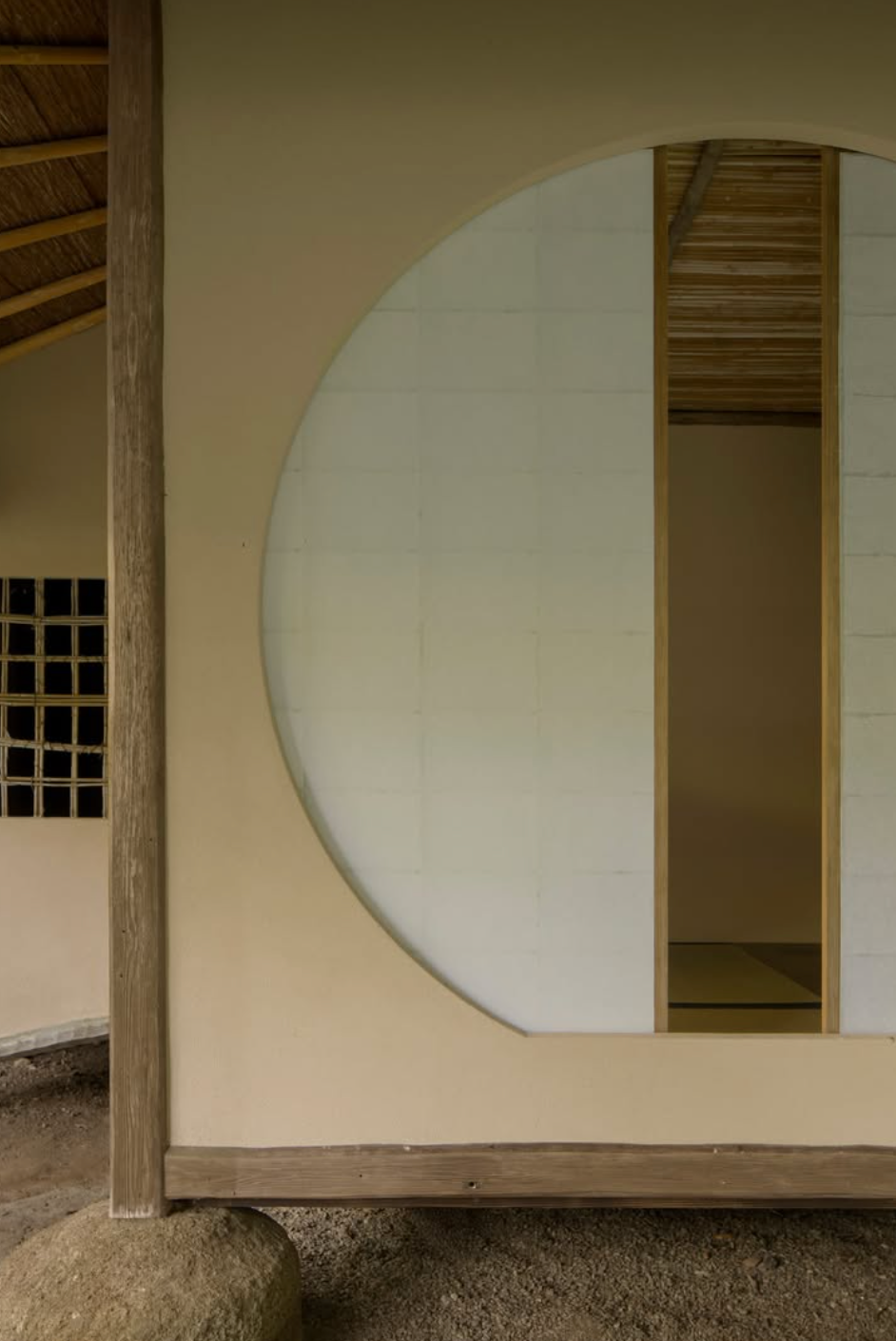
The Japanese tea ceremony: A practice in presence and mindfulness
Share
A hot beverage in the morning before starting the day is a ritual for many. That first familiar step adds great comfort amid the uncertainties of daily life.
A freshly steeped tea, a hot cup of coffee, warm lemon water - merely beverages that serve a function. But in a world that is constantly on the move, we often consume these things without truly noticing their warmth, their scents, and the intricacies of their flavour profiles. Perhaps it is a metaphor for other things in life: do we truly notice the intricate details and beauty of each moment as we engage in conversations, a task at hand, and what is occurring moment by moment in the world around us?
In Japan, tea has long been more than just a beverage. Each step, from preparation to the first sip, is an opportunity to be present. As you’ll soon see, the Japanese tea ceremony is truly a mindfulness practice - an invitation to pause and savour the process.
Chado/Chanoyu - the Japanese Tea Ceremony
Chado or Chanoyu, are the terms commonly used to refer to the Japanese tea ceremony.
However, the tea ceremony is much more than serving and drinking a cup of tea at the end. It's a discipline that is practiced for the refinement of oneself - a practice that was shaped by the tea master; Sen no Rikyu in the 16th century.
At surface level, it appears to be a simple act of hospitality - offering guests a bowl of matcha alongside a handmade sweet. But at its core, it’s about the connection and interaction between the host and the guests, and their surroundings as they quietly show mutual respect and appreciation for each other, in a moment that will never happen in the same way again - “ichi go ichi e” - meaning: “one time, one meeting”.
This extends to the mindful appreciation of all the details around them in that present moment - from the way the flowers are arranged, the art is hung, the imperfections of the ceramic bowls that are used to prepare the tea, the gentle scent of the burning incense, the details of the utensils and more.
The true essence of the tea ceremony invites us to discover and notice the beauty in simple details and to bring our full attention back to where we are right now. This study of tea is not merely about “studying tea” but a practice in living, as highlighted in the Four Principles of Tea.
Wa - Harmony
Kei - Respect
Sei - Purity
Jaku - Tranquility
So, how can we make the act of preparing tea a meditative practice? There are many parallels between the practice of tea and mindfulness.
Every movement is deliberate
During the quiet sequence of a Japanese tea ceremony, each gesture made by those that are present is performed with intention. From the way the hot water is poured, to the carefully considered placement of utensils, and the gentle passing of the tea vessel from host to guest, - every action is unrushed and carried out with care. Focusing our attention on each simple action encourages us to engage with the present moment.
Much like any mindfulness practice, the tea practice opens us up to a realisation that there is meaning in every moment, no matter how seemingly insignificant or small.
An invitation for our senses
The preparation of tea allows each of our senses to come alive. From the sound of the water coming to a rolling boil, to the gentle steam rising as it slightly cools. The earthy aroma of the bright green matcha filling the air as it slowly merges with the hot water, accompanied by the delicate whisking sounds as the bamboo tines hit the edges of the tea bowl - all leading to the first sip, where our palates discover the complex notes and flavours.
Each sound, scent, and taste during the tea ceremony is an opportunity to deepen our awareness of the senses - drawing our attention away from wandering thoughts and focusing it on the present physical sensations of our bodies.
The absence of “multitasking”
Single-tasking is paramount in the tea ceremony, reflecting the ideas on mindfulness highlighted earlier.
By focusing on one task at a time, all participants can fully appreciate every detail - minute to grande. This focus not only deepens appreciation for the entire experience but also cultivates a profound sense of presence, which in turn, leads to a greater sense of calm.
Multi-tasking, on the other hand, is often placed on a pedestal, creating an illusion of greater productivity. Yet in reality, it often does the opposite - inefficiency and reduced focus - a stark contrast to the practice of mindfulness. Within a tea practice, inattention or lack of focus is seen as a sign of disrespect, not only towards the host but to all those present and to the practice itself.
By dedicating attention to each single moment, this moving meditation of the tea ceremony invites both harmony and tranquility.
Mindfulness beyond tea.
Beyond each movement, gesture, focused attention and sensory awakening, the tea ceremony is, at its core, a ritual of connection - to ourselves, to our host, to those around us, to nature, the present moment and the centuries-old tradition.
The deliberate and focused attention that is not only encouraged but required during a tea ceremony enhances the connection with our inner thoughts, feelings and sensations, leading to greater self-awareness. Through greater self-awareness, we are better able to connect with others, promoting empathy, patience and present interactions that lead to richer, more genuine relationships.
By deepening our connection with ourselves and those around us, we also strengthen our bond with nature and the world, along with the stories and teachings passed down through generations.
Through all of this, we are reminded time and time again that each interaction, encounter, and experience is unique and will never unfold in the same way again - something that can’t be taken for granted.
Mindfulness can be everywhere
The tea ceremony is an invitation for greater mindfulness, transforming a simple act into a meditative experience. Beyond its physical and health benefits, tea (and the tea ceremony) holds a special place in our lives to promote an even deeper level of wellbeing - mind, body and spirit. Perhaps tea is our gateway to mindfulness.
However, this awareness can extend into anything we do. Ultimately, it’s not solely about tea. Any ritual - whether cooking, painting, or a simple breathing exercise - can lead to greater presence and a fuller experience of life.
Ready to begin your mindfulness journey with tea? Explore our ceremonial grade matcha to get started.
Reading and references that informed this article:
Path of Cha – Practicing Mindfulness in Simple Tea Meditation
